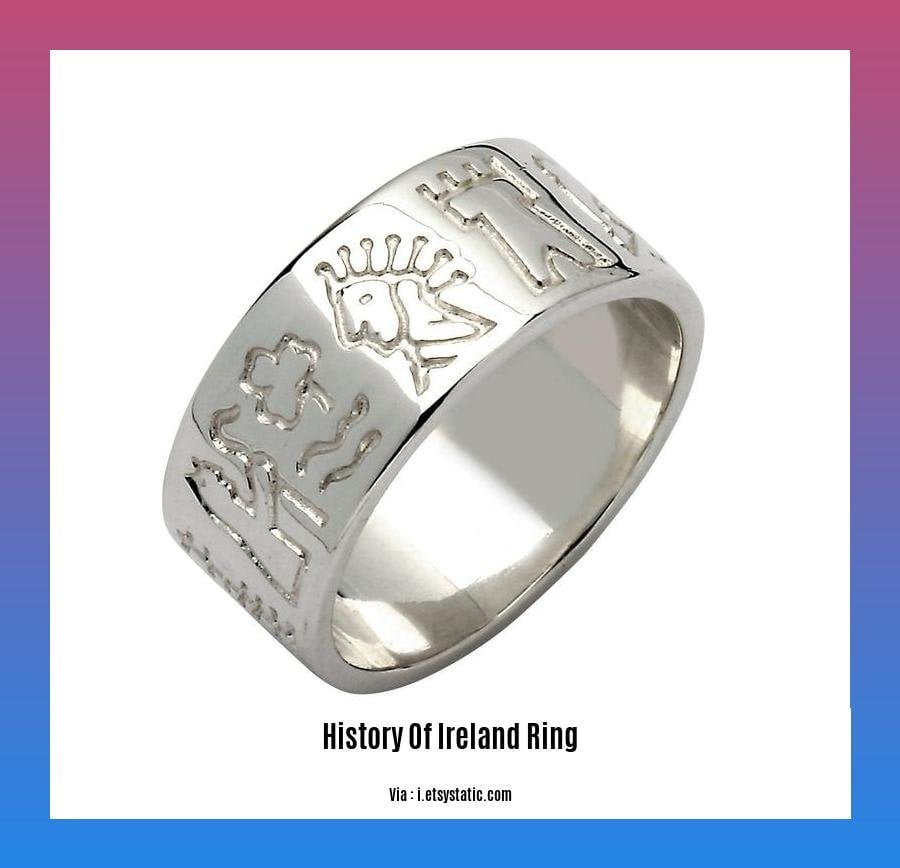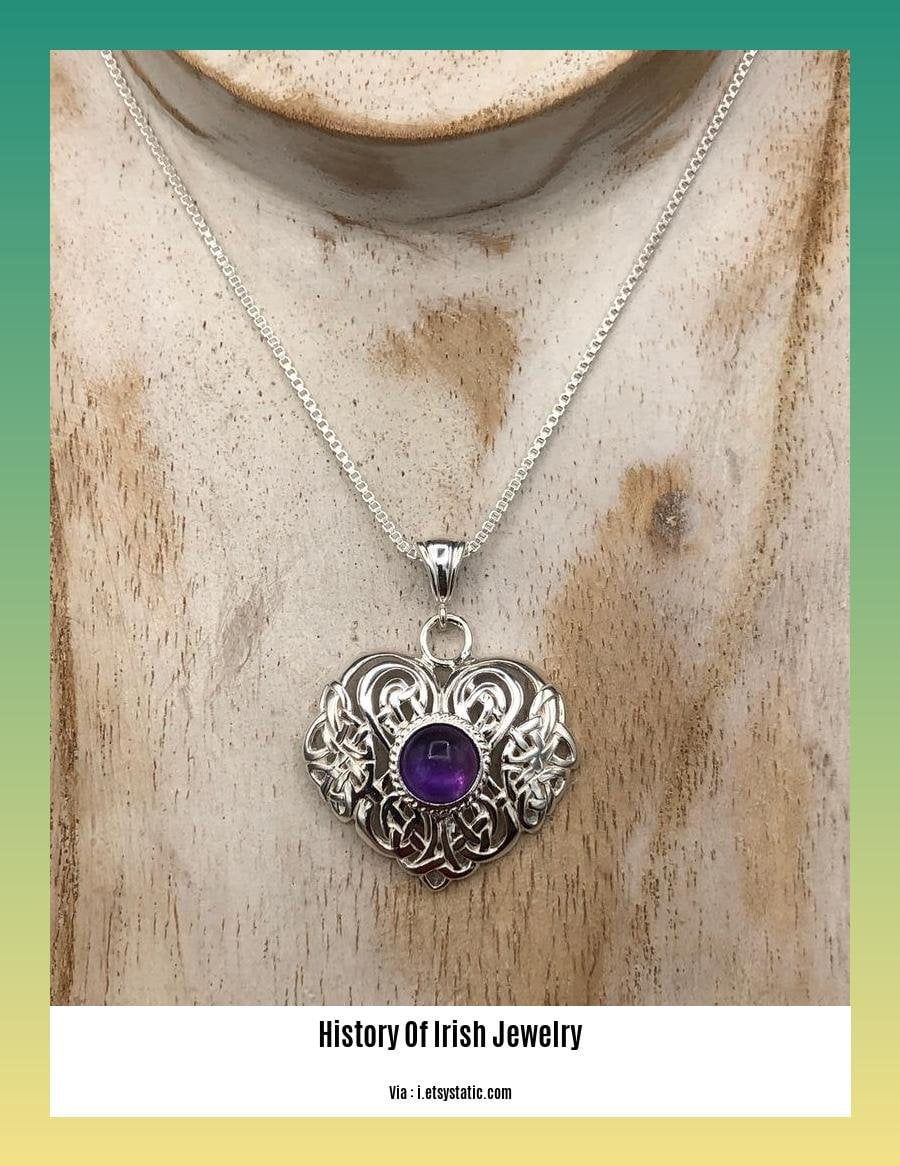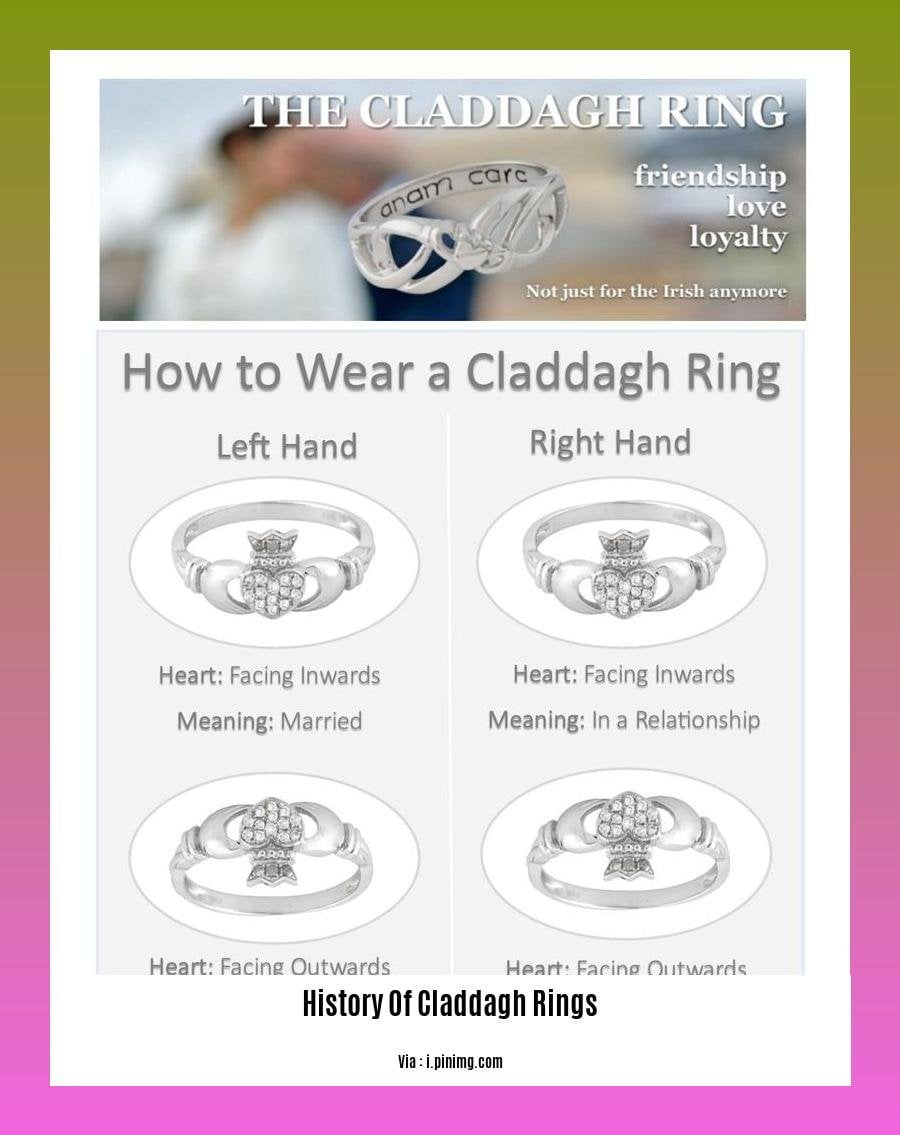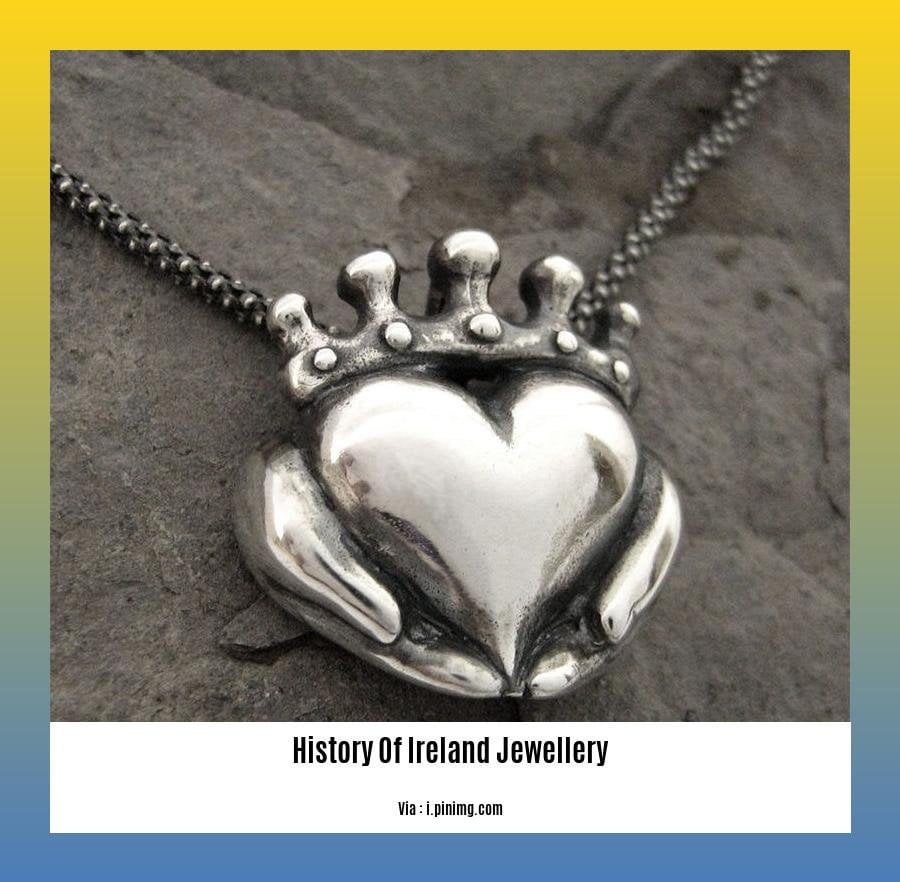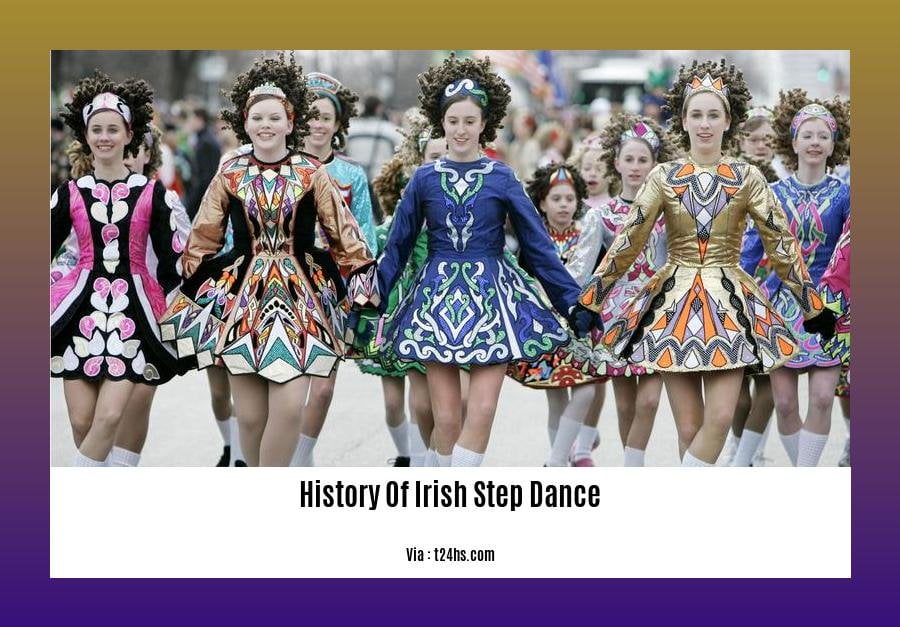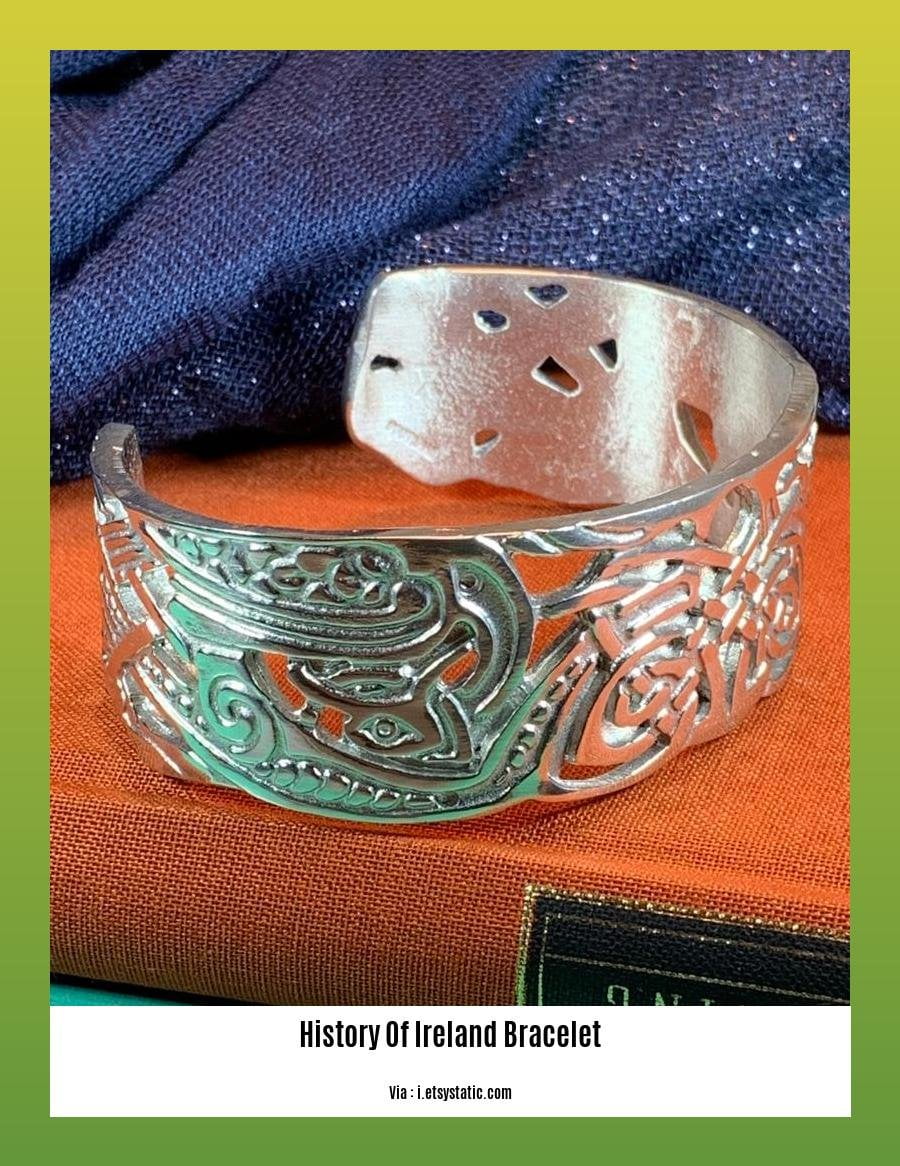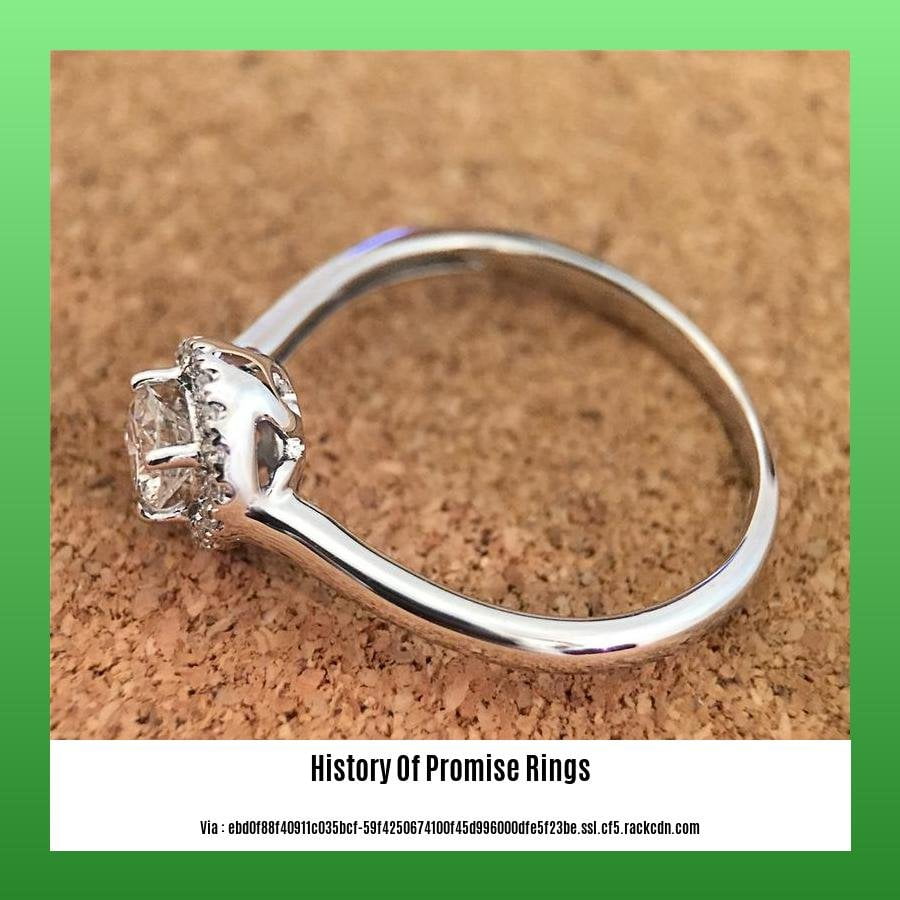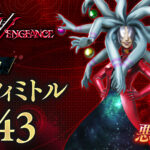Embark on a captivating journey through the annals of Ireland’s rich heritage as we delve into the captivating history of the Irish ring in “A Journey Through Time: Unveiling the History of Ireland Ring.” Discover the intriguing symbolism, remarkable evolution, and profound significance of this iconic piece of jewelry that has become an enduring symbol of love, heritage, and national pride.
Key Takeaways:
- Celtic rings, symbolizing Celtic culture and language development, emerged around 500 B.C.
- The Celts’ mythical and spiritual outlook is reflected in their jewelry, particularly in their rings.
- The Claddagh ring, originating in Claddagh, County Galway, first appeared in its modern form during the 17th century, and represents a traditional Irish ring.
**History of Ireland Ring**
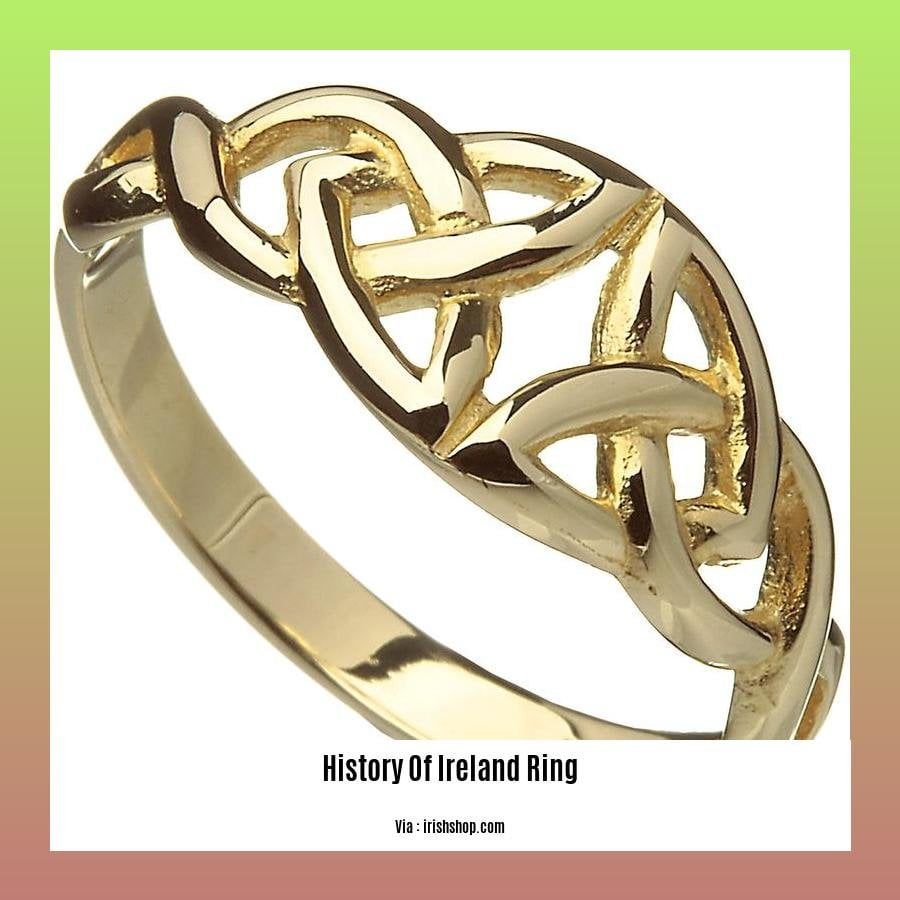
From ancient Celtic symbols to the iconic Claddagh ring, Irish rings hold a captivating history. Let’s delve into their rich heritage.
**Celtic Roots: A Connection to the Past**
The Celts, renowned for their intricate metalworking skills, crafted beautiful rings as early as 500 B.C. These rings often featured intricate knotwork patterns, believed to symbolize eternity and interconnectedness.
**The Claddagh Ring: A Symbol of Love and Loyalty**
The Claddagh ring, with its heart, hands, and crown motifs, originated in the fishing village of Claddagh, County Galway, in the 17th century. This iconic ring represents love, loyalty, and friendship, becoming a symbol of Irish heritage worldwide.
**The Shamrock Ring: A Touch of Irish Luck**
The shamrock, a symbol of Ireland, is often featured in rings. These rings are believed to bring good luck and fortune to the wearer, making them popular souvenirs and gifts.
**Trinity Knot Ring: A Symbol of the Holy Trinity**
The Trinity Knot, representing the Holy Trinity, is a common motif in Irish jewelry. These rings are often given as gifts for special occasions, such as baptisms, communions, and confirmations.
**Modern Interpretations: A Twist on Tradition**
Contemporary Irish jewelers continue to draw inspiration from the rich history of Irish rings. Modern designs often incorporate traditional motifs with innovative materials and techniques, creating unique and striking pieces.
Have you ever wondered about Ireland’s mesmerizing rings? Their intricate designs and rich symbolism tell a tale of a proud heritage. From ancient Celtic symbols to the iconic Claddagh ring, these rings are more than just accessories—they are emblems of culture, love, and national pride.
To understand the development and evolution of Indian classical music, read the history of Hindustani music.
A fascinating piece of jewelry with a rich background is the history of the Ireland bracelet, its cultural and historical significance.
Discover the intricate history of Ireland jewelry, and gain insights into its cultural heritage.
Evolution Through the Centuries: How the Irish Ring Has Adapted to Changing Times
As the tides of history swept across the Emerald Isle, the Irish ring embarked on a transformative journey, adapting to the ebb and flow of changing times. From its humble origins in the fishing village of Claddagh to its global recognition as a symbol of love, loyalty, and friendship, this iconic piece of jewelry has undergone a remarkable evolution.
Heart’s Desire: The Claddagh’s Enduring Symbolism
The Claddagh ring, with its intricate design featuring two hands clasping a heart topped by a crown, has remained a timeless symbol of love, loyalty, and friendship. Its roots trace back to the 17th century, when it was crafted in the fishing village of Claddagh, County Galway. The heart represents love, the hands represent friendship, and the crown represents loyalty, making it a cherished symbol for generations of Irish hearts.
Gold and Silver: A Reflection of Changing Fortunes
The materials used to create Irish rings have evolved over time, reflecting the changing fortunes of the Irish people. Initially crafted from simple metals like bronze and iron, these rings gradually incorporated more precious materials such as gold and silver. The gold rings symbolized prosperity and wealth, while the silver rings were more affordable and accessible to the common folk.
A Touch of Modernity: Contemporary Interpretations
In recent decades, Irish rings have undergone a renaissance, with contemporary jewelers reinterpreting traditional designs with a modern twist. These contemporary rings often incorporate innovative materials like titanium and stainless steel, as well as intricate Celtic knotwork and gemstones. This fusion of tradition and modernity has resulted in a new generation of Irish rings that appeal to a global audience.
Key Takeaways:
The Irish ring has undergone a remarkable evolution, adapting to changing times while maintaining its enduring symbolism.
The Claddagh ring, with its iconic design representing love, loyalty, and friendship, has remained a timeless symbol.
The use of materials has evolved, with gold and silver becoming popular choices, reflecting the changing fortunes of the Irish people.
Contemporary Irish rings blend traditional designs with modern materials and techniques, creating a new generation of jewelry that appeals to a global audience.
Sources:
Claddagh Rings – Symbolism, Meaning, and History
The Meaning and Origin of The Claddagh Ring
Crafting Traditions: The Artisanship and Techniques Behind Irish Ring Making
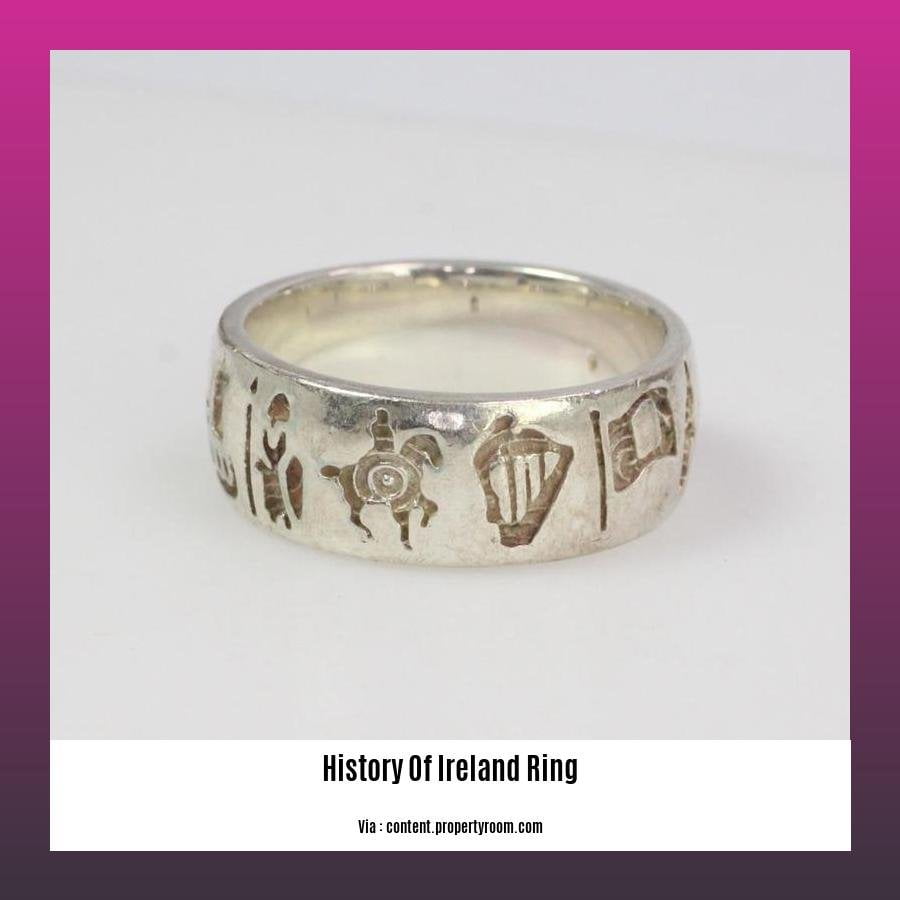
In the realm of jewelry and cultural expression, Irish rings stand out as exquisite embodiments of craftsmanship, steeped in centuries-old traditions. Exploring the artistry and techniques behind these iconic pieces will take us on a journey through Ireland’s rich heritage, where skilled hands weave tales of love, loyalty, and national pride.
The Allure of Irish Rings
Irish rings captivate with their intricate designs, often featuring timeless symbols like the Claddagh, Trinity Knot, and Shamrock. Each motif carries profound meaning, resonating with the cultural identity and history of Ireland.
A Legacy of Artisanship
The creation of Irish rings is a testament to the enduring legacy of Irish craftsmanship. Goldsmiths, steeped in generations of knowledge, employ a range of techniques to bring these designs to life. From casting and soldering to engraving and stone setting, each step requires meticulous precision and an unwavering commitment to quality.
The Magic of the Claddagh Ring
Perhaps the most iconic of all Irish rings, the Claddagh ring holds a special place in the hearts of many. Its distinctive design, featuring two hands clasping a heart, topped with a crown, has become a timeless symbol of love, loyalty, and friendship. Traditionally exchanged as a token of affection, the Claddagh ring carries a profound significance in Irish culture.
The Trinity Knot: A Symbol of Faith
Another iconic Irish ring design is the Trinity Knot ring, which draws inspiration from the ancient Celtic symbol of the triquetra. This intricate knotwork represents the Holy Trinity and is often given as a gift for special religious occasions, symbolizing faith and devotion.
The Shamrock: A Touch of Luck
The Shamrock, a beloved symbol of Ireland, graces many Irish rings, bringing with it the promise of good fortune. Its three leaves represent the Holy Trinity and are believed to bring luck and protection to the wearer.
Modern Interpretations: A Blend of Tradition and Innovation
Contemporary Irish jewelers blend traditional motifs with innovative materials and techniques, creating unique and captivating designs that resonate with modern tastes. They incorporate gemstones, intricate engravings, and contemporary metals, pushing the boundaries of traditional craftsmanship while honoring the heritage of Irish rings.
Key Takeaways:
- Irish rings embody Ireland’s rich heritage and cultural identity.
- Skilled goldsmiths employ traditional techniques to create these exquisite pieces.
- The Claddagh ring, with its heart, hands, and crown, symbolizes love, loyalty, and friendship.
- The Trinity Knot ring represents the Holy Trinity and is often given for religious occasions.
- The Shamrock ring brings good fortune and protection, symbolized by its three leaves.
- Modern Irish jewelers blend tradition with innovation, creating unique and contemporary designs.
Sources:
- The History and Symbolism of the Claddagh Ring
- Irish Claddagh Ring Meaning and History
Cultural Symbolism: The Irish Ring as an Expression of National Identity and Pride
As we journey through the verdant landscapes of Irish history, we encounter a treasure trove of cultural symbols that evoke a profound sense of national identity and pride. Among these emblems, the Irish ring stands as a beacon of cultural expression, embodying the spirit of a resilient nation. In this exploration, we will delve into the depths of its history, uncovering the cultural significance that has transformed the Irish ring into a cherished symbol of heritage and unity.
The Alluring Origin of the Irish Ring
The origins of the Irish ring can be traced back to the ancient Celtic tribes who inhabited the Emerald Isle. These skilled artisans crafted intricate rings adorned with intricate knotwork patterns, symbolizing eternity and interconnectedness. The rings were not mere accessories, but rather talismans believed to possess magical powers, capable of warding off evil spirits and bringing good fortune.
Evolving Symbolism: From Love to Friendship and Beyond
Over time, the symbolism of the Irish ring evolved, adapting to the changing social and cultural landscape. In the 17th century, the Claddagh ring emerged from the fishing village of Claddagh, near Galway. This iconic ring features two hands clasping a heart, surmounted by a crown. The heart represents love, the hands symbolize friendship, and the crown stands for loyalty. The Claddagh ring quickly gained popularity, becoming a cherished symbol of love, engagement, and marriage.
A Symbol of Resilience and National Pride
The Irish ring transcended its role as a personal adornment, becoming a powerful symbol of national pride during tumultuous times. In the 19th century, when Ireland struggled for independence from British rule, the Irish ring became a symbol of defiance and unity. People wore the ring as a discreet way to express their support for the cause of Irish freedom.
Contemporary Interpretations: A Fusion of Tradition and Modernity
In the 21st century, the Irish ring continues to captivate hearts and imaginations, inspiring contemporary jewelers to create innovative designs that fuse traditional motifs with modern aesthetics. These contemporary interpretations reflect the vibrancy and diversity of modern Irish culture, while still honoring the rich heritage that gave birth to this iconic symbol.
Key Takeaways:
The Irish ring has its roots in ancient Celtic traditions, where it was believed to possess magical powers.
The Claddagh ring, with its iconic design of two hands clasping a heart and surmounted by a crown, emerged in the 17th century and became a symbol of love, loyalty, and friendship.
During Ireland’s struggle for independence, the Irish ring became a symbol of national pride and unity, representing the nation’s resilience and determination.
Contemporary interpretations of the Irish ring fuse traditional motifs with modern aesthetics, reflecting the vibrancy and diversity of modern Irish culture.
The Irish ring remains a cherished symbol, deeply embedded in Irish history and culture, representing love, friendship, loyalty, and national pride.
Citations:
The History and Symbolism of the Irish Ring
Irish Claddagh Ring Meaning and History
FAQ
Q1: What is the significance of the Irish ring?
A1: The Irish ring holds immense cultural and historical significance. It embodies the rich heritage and traditions of Ireland, serving as a symbol of love, loyalty, and friendship.
Q2: Can you explain the origins of the Claddagh ring?
A2: The Claddagh ring, a traditional Irish ring, originated in the fishing village of Claddagh, County Galway, during the 17th century. It features a heart, two hands, and a crown, each representing love, friendship, and loyalty, respectively.
Q3: How do people wear the Claddagh ring?
A3: The Claddagh ring is worn on the right hand, with the heart facing outward, to signify that the wearer is single. When the wearer is engaged, the ring is moved to the left hand, with the heart facing inward. Upon marriage, the ring is kept on the left hand, with the heart facing outward.
Q4: What is the symbolism behind the different elements of the Irish ring?
A4: The Irish ring features various symbolic elements. The heart represents love and affection, the hands symbolize friendship and unity, and the crown signifies loyalty and faithfulness.
Q5: Why is the Irish ring so popular as an engagement or wedding ring?
A5: The Irish ring’s enduring popularity as an engagement or wedding ring stems from its deep-rooted cultural significance and its embodiment of the universal values of love, loyalty, and friendship. It serves as a tangible expression of commitment and eternal devotion.
- HelpCare Plus: Revolutionizing Affordable and Accessible Healthcare - December 29, 2024
- Boom & Bucket: Your Digital Marketplace for Used Heavy Equipment - December 28, 2024
- Ankle Bones Crossword Clue: Solutions, Tips & Anatomical Insights - December 28, 2024
